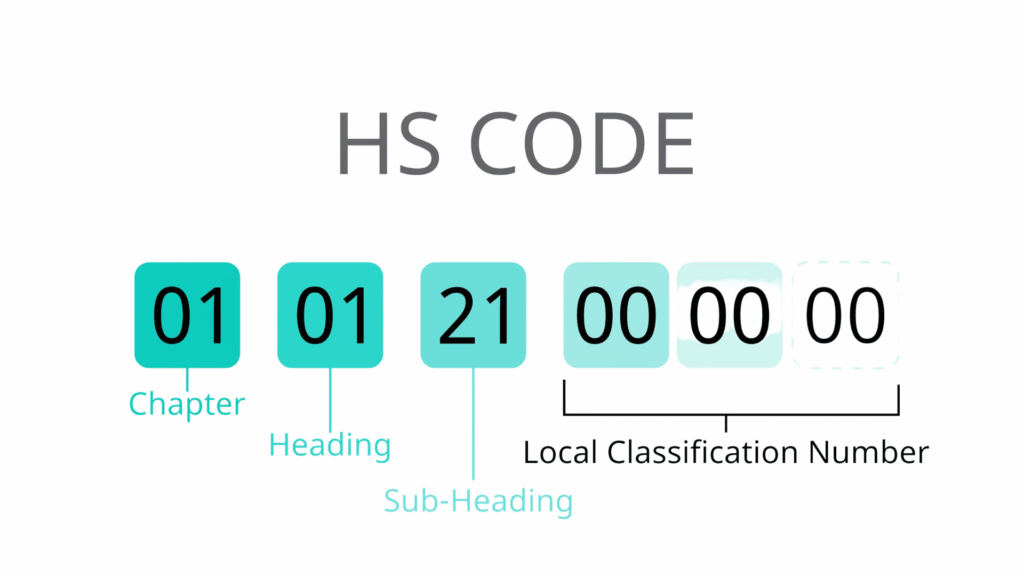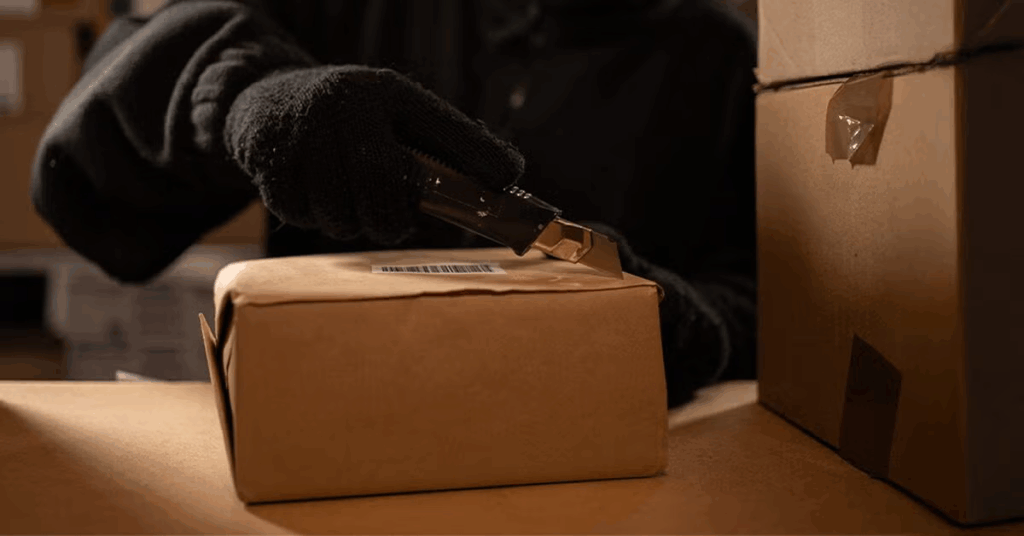International Shipment Tracking Power Tips: Stay Ahead of Every Move
When managing global logistics, nothing is more critical than keeping track of every package in transit. International Shipment Tracking ensures businesses and individuals know exactly where their shipments are, reducing delays, minimizing risks, and boosting customer trust. But how do you move beyond basic tracking and truly stay ahead of every move? This guide outlines practical, fact-based strategies to master shipment visibility.

Why Is International Shipment Tracking So Important?
What Risks Come With Poor Tracking?
- Lost or delayed packages that damage customer satisfaction. When shipments are lost or arrive later than expected, customers quickly lose confidence in the seller. Repeated issues can harm brand reputation and reduce the chances of repeat purchases.
- Unexpected customs holdups without prior alerts. Shipments often get stuck at customs because of missing documents or incorrect declarations. Without timely updates, both businesses and customers are left in the dark, which creates frustration and unnecessary tension.
- Higher costs due to re-routing or repeated communications. Every time a shipment is delayed or misrouted, additional expenses occur. These can include re-shipping fees, storage costs, or the manpower needed to communicate with carriers and resolve disputes.
How Does Better Tracking Improve Business?
- Provides real-time visibility for smarter decision-making. With International Shipment Tracking, businesses can see exactly where packages are at every stage of transit. This visibility allows managers to make quick, data-driven decisions that minimize disruptions.

- Enhances credibility with accurate delivery updates. Customers feel more confident when they receive precise, timely updates about their orders. Accurate tracking builds trust and helps businesses stand out in competitive markets.
- Cuts costs by reducing errors and disputes. Better tracking means fewer mistakes in routing, billing, or delivery confirmations. By reducing these errors, companies save money and avoid disputes with customers or shipping partners.
1. Choosing the Right Tracking Tools
What Features Should You Look For?
- Multi-carrier Support – A system that connects DHL, FedEx, UPS, USPS, and local couriers in one dashboard.
- Real-Time GPS Updates – Avoid generic status messages like “In Transit” by accessing live location data.
- Custom Notifications – Set alerts for delays, customs clearance, or final-mile delivery.
Why Not Rely Only on Carrier Websites?
Carrier platforms are limited to their network. Using a consolidated tool gives a unified view, saving time and reducing errors.
2. Understanding Customs and Border Delays
Why Do Packages Get Stuck in Customs?
- Incomplete or inaccurate shipping documentation
- Missing HS codes or incorrect declared values

- Restricted or prohibited items
How Can Tracking Help Here?
- Real-time customs status alerts warn you before customers complain.
- Some advanced platforms integrate customs documentation checks to avoid delays altogether.
3. Reducing Delivery Uncertainty With Predictive ETAs
What Are Predictive ETAs?
Predictive ETAs use historical and real-time data to estimate accurate delivery windows. Instead of vague ranges like “5–10 days,” you get a clear, data-backed timeline.
Why Do Predictive ETAs Matter?
- Customers can plan around deliveries. When buyers receive a reliable delivery estimate, they can adjust their schedules accordingly. Whether it’s being at home to receive a package or preparing for a business shipment, accurate ETAs reduce uncertainty and increase convenience.
- Businesses can optimize inventory restocking. For companies, predictive ETAs are crucial to keeping supply chains running smoothly. Knowing exactly when goods will arrive allows warehouses to prepare storage space, plan staff schedules, and avoid costly stockouts or overstocking.
- Reduces frustration caused by missed or changing dates. Nothing frustrates a customer more than waiting for a package that keeps getting delayed. Predictive ETAs help minimize these disappointments by providing realistic timeframes and updating them in real time if conditions change. This transparency reduces complaints and builds stronger trust.
4. Leveraging Multi-Carrier Visibility
Why Use Multiple Carriers?
Relying on one carrier means vulnerability to their delays, strikes, or regional issues. Multi-carrier strategies ensure resilience.

How Does Tracking Help Coordinate Them?
- Unified dashboards prevent you from logging into multiple systems.
- Helps compare performance by lane, region, or product.
- Enables cost-saving decisions on which carriers perform best.
5. Improving Customer Communication
Why Do Customers Demand Transparency?
Buyers expect shipment visibility at every step. If they don’t get it, they lose confidence in the seller.
How Should You Communicate?
- Proactive updates: Don’t wait for customers to ask.
- Branded tracking pages: Keep customers on your website instead of redirecting to third-party carriers.
- Multichannel notifications: Use email, SMS, and even WhatsApp for instant alerts.
6. Securing High-Value Shipments
What Are the Risks?
High-value items are more prone to theft, damage, or misrouting.

How Can Tracking Mitigate These Risks?
- GPS-enabled security seals for containers and pallets.
- Geofencing alerts if a package leaves a defined route.
- Immediate loss-prevention responses by spotting suspicious delays.
7. Using Data Analytics to Spot Problems Early
How Does Tracking Generate Insights?
Every shipment generates a digital footprint: carrier performance, customs processing times, last-mile success rates.
What Can You Do With This Data?
- Identify repeat delay points by region or carrier.
- Optimize packaging and documentation for smoother customs clearance.
- Negotiate better contracts with carriers based on performance data.
8. Common Mistakes to Avoid in International Shipment Tracking
- Over-relying on one carrier’s system
- Ignoring customs compliance checks
- Not investing in predictive ETA technology
- Failing to integrate tracking into your CRM or ERP
- Communicating only reactively instead of proactively
Avoiding these pitfalls separates average businesses from those that excel in international logistics.
FAQs About International Shipment Tracking

Can I Track Multiple Packages Across Different Carriers at Once?
Yes. Modern platforms allow you to consolidate multiple carriers into a single tracking dashboard.
How Accurate Are International Tracking Updates?
Standard carrier updates can lag, but advanced tools with GPS integration provide near real-time accuracy.
Do Customs Always Delay Packages?
Not always. With complete documents and proper HS codes, most shipments clear quickly. Delays often come from missing paperwork or undervalued goods.
Is International Shipment Tracking Expensive?
Basic tracking is free from carriers, but advanced solutions with predictive ETAs and analytics often require a subscription. The investment usually pays off in reduced losses and improved efficiency.
Conclusion
Mastering International Shipment Tracking is more than knowing a package’s location—it’s about predictive insights, proactive communication, and smarter decision-making. By combining advanced tracking tools, customs awareness, and multi-carrier visibility, businesses can ensure smoother operations and happier customers.
For reliable and efficient tracking solutions tailored to global shipping needs, visit Postalparcel.
Industry Insights
news via inbox
Nulla turp dis cursus. Integer liberos euismod pretium faucibua







